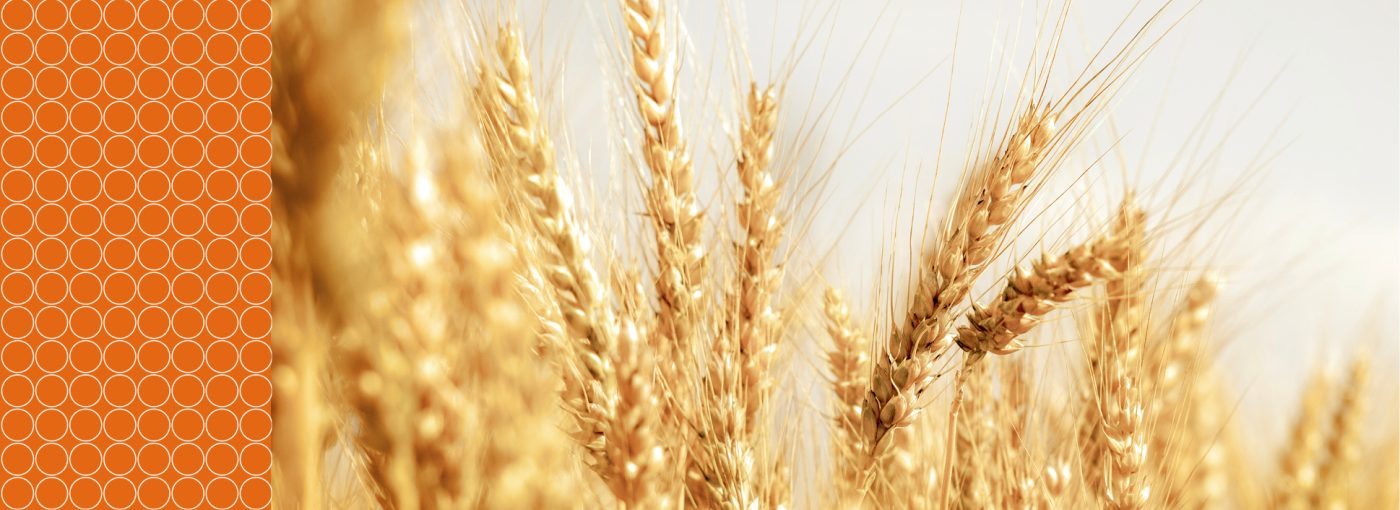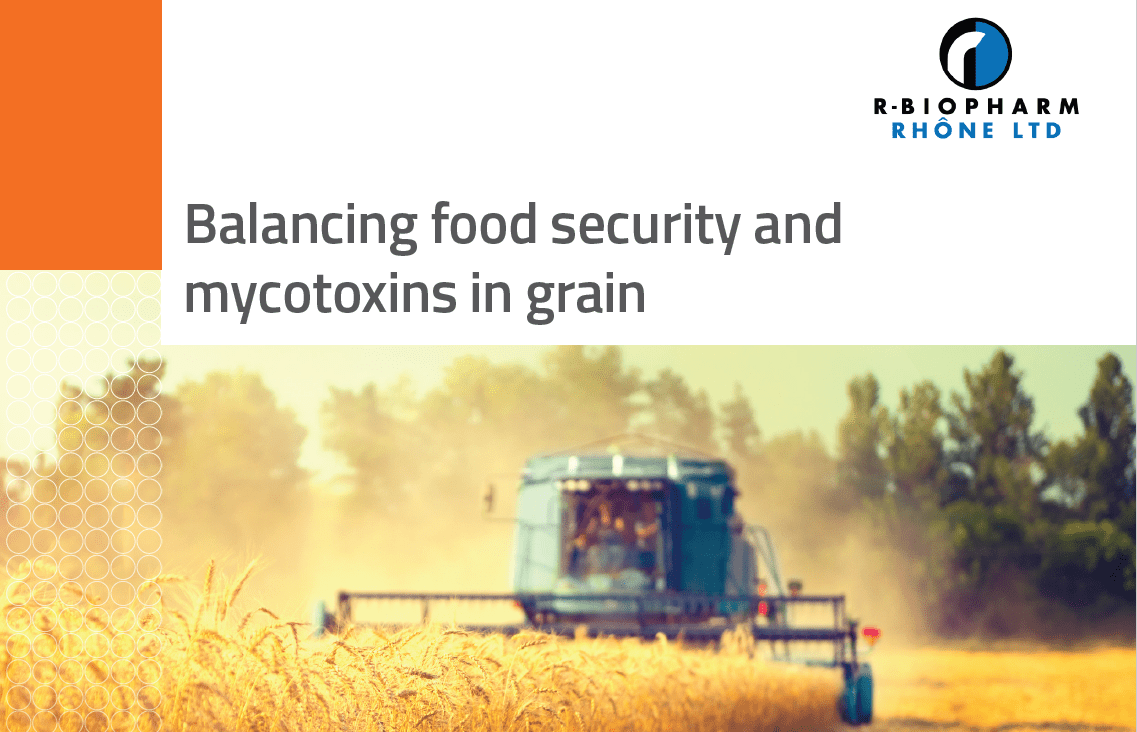
Recent news in Food & Feed Analysis
- Home
- /
- Is climate change leading...
Is climate change leading to increased levels of mycotoxins?

Mycotoxins are a major problem in agriculture, with grains being particularly affected. The extent to which molds and thus mycotoxins form in grains depends largely on the climatic conditions during the flowering period. So what impact does climate change have on this?
The prevalence of mycotoxins in grains globally varies from year to year. In the last four years, however, the levels have risen steadily. This increase can probably be attributed at least in part to climate change. This trend is expected to continue over the next few years, which could force farmers to throw away large parts of the harvest. Moreover, if the climate changes, there may also be changes in the spread of mycotoxins. Mycotoxins could appear in new regions and also in new plants. Mycotoxin contamination could therefore become an even greater problem worldwide.
However, climate change is not the only threat: wars, shortages of raw materials and rising prices could also lead to increased levels of mycotoxin contamination in food. Considering these developments, it is important to maintain or even intensify routine mycotoxin monitoring in order to ensure food safety for all consumers. Prediction tools linked to weather forecasts can help farmers make optimal use of fungicides to control mold contamination. In addition, validated analytical methods are needed to quickly and reliably measure mycotoxin contamination in grains.
Would you like to learn more about this topic? Download our free whitepaper here!
Please fill out the following form to receive our free whitepaper “Balancing food security and mycotoxins in grain”.



